Home>Home Maintenance>How To Ensure Good Drainage In Indoor Hanging Plants
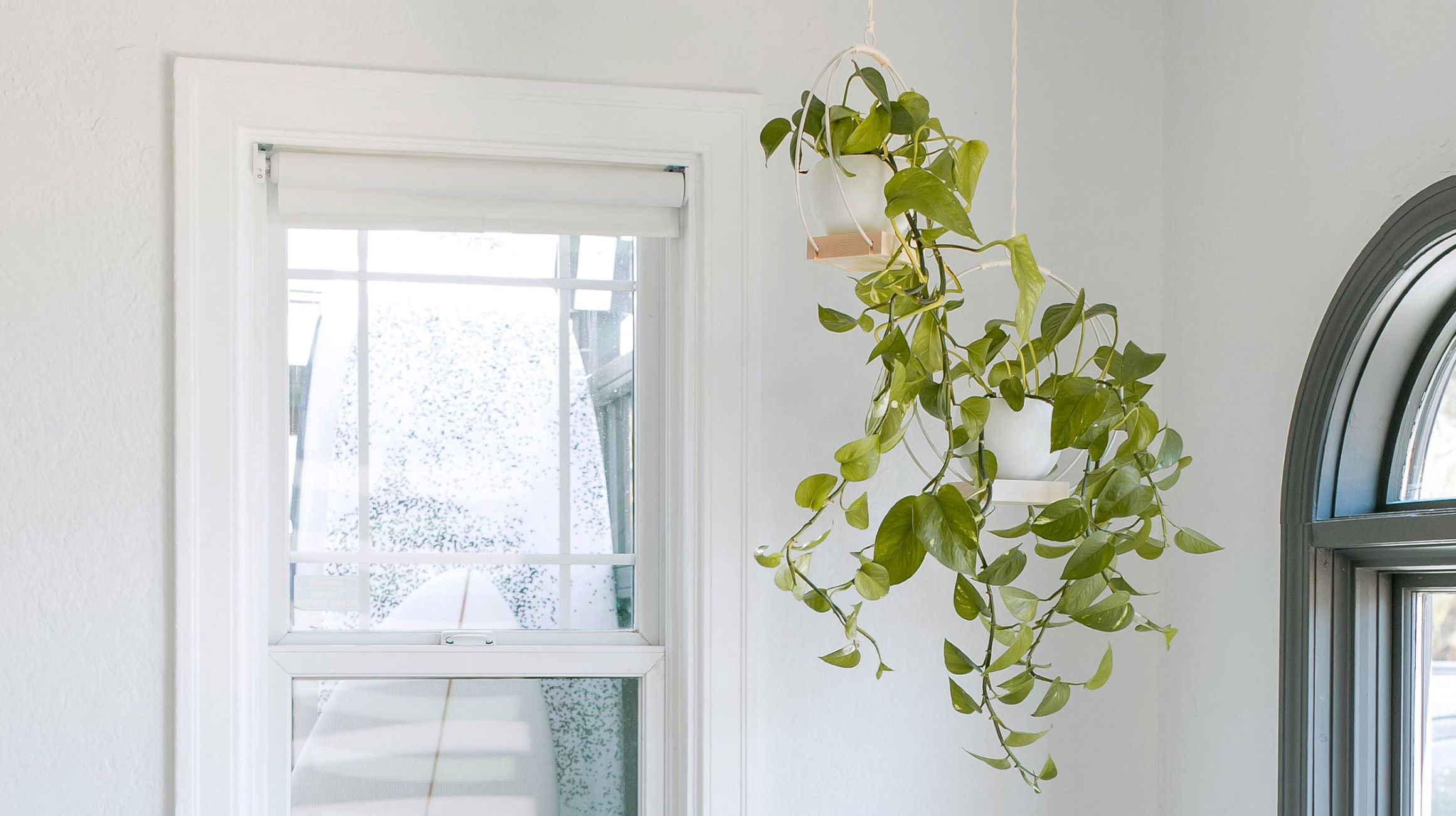

Home Maintenance
How To Ensure Good Drainage In Indoor Hanging Plants
Modified: March 24, 2024
Learn how to maintain good drainage in your indoor hanging plants for optimal growth and health with our home maintenance tips.
(Many of the links in this article redirect to a specific reviewed product. Your purchase of these products through affiliate links helps to generate commission for Storables.com, at no extra cost. Learn more)
Introduction
Welcome to the wonderful world of indoor hanging plants! Adding hanging plants to your home not only adds a touch of natural beauty but also brings a refreshing and calming atmosphere. However, when it comes to the care and maintenance of these plants, one crucial factor that often gets overlooked is proper drainage. Ensuring good drainage is essential for the health and longevity of your indoor hanging plants.
Proper drainage allows excess water to escape from the soil, preventing waterlogged roots and the potential for root rot. Without adequate drainage, your plants may suffer from overwatering, nutrient deficiencies, and even pest infestation. In this article, we will guide you through the steps to ensure good drainage for your indoor hanging plants.
Before we dive into the details, let’s take a moment to understand why drainage is so important. Hanging plants are typically housed in containers, which do not have the natural soil structure of the ground. As a result, excess water tends to accumulate in the bottom of the pot, leading to stagnant conditions that are detrimental to the plant’s overall health.
By providing proper drainage, we can help mimic the plant’s natural environment and prevent these issues from occurring. So, let’s explore the various elements that contribute to effective drainage for your indoor hanging plants.
Key Takeaways:
- Proper drainage is crucial for indoor hanging plants to prevent issues like root rot and overwatering. Evaluate drainage needs, choose the right pots and soil, and monitor watering to ensure plant health.
- Troubleshoot common drainage issues like clogged holes and waterlogged roots to maintain a healthy environment for indoor hanging plants. Regularly check for proper drainage and seek expert advice if needed.
Read more: How To Make A Good Drainage Pot For A Plant
Evaluating Drainage Needs for Indoor Hanging Plants
Before you start implementing drainage solutions for your indoor hanging plants, it’s important to evaluate their specific drainage needs. This will depend on factors such as the type of plant, pot size, potting soil, and environmental conditions. By assessing these factors, you can determine the level of drainage required and choose the appropriate solutions.
The first step is to consider the type of plant you have. Some plants, like succulents and cacti, prefer drier conditions and require excellent drainage. Others, such as ferns or tropical plants, may tolerate slightly moister soils but still benefit from good drainage. Understanding your plant’s moisture requirements is key to providing optimal care.
Next, consider the size of the pot. Smaller pots tend to dry out more quickly, while larger pots can retain moisture for longer periods. This can affect the amount of drainage needed. A general rule of thumb is that pots with a diameter of 6 inches or larger should have drainage holes.
Take into account the potting soil composition as well. Well-draining potting mixtures, with ingredients such as perlite or vermiculite, help promote good drainage. On the other hand, heavy or compacted soils can impede water flow and increase the risk of waterlogging. Ensure that you are using a suitable potting soil mix for your particular plant’s moisture needs.
Lastly, consider the environmental conditions of your indoor space. Factors such as temperature, humidity, and air circulation can impact the drying rate of the potting soil. In areas with high humidity or limited airflow, the soil may take longer to dry out, necessitating the need for improved drainage.
By carefully evaluating the drainage needs of your indoor hanging plants, you can determine the appropriate measures to take to ensure their health and longevity. The next step is to choose the right pots and potting soil for optimal drainage.
Choosing the Right Pot and Potting Soil
When it comes to ensuring good drainage for your indoor hanging plants, choosing the right pot and potting soil is essential. These two elements play a crucial role in providing a healthy environment for your plants’ root systems.
Firstly, let’s focus on the pot selection. Opt for pots that have drainage holes at the bottom. These holes allow excess water to escape, preventing waterlogging and root rot. Hanging planters with built-in drainage holes are widely available and can be a convenient option. Alternatively, you can choose decorative pots and drill holes into the bottom if they do not already have drainage.
Additionally, consider the material of the pot. Porous materials like terracotta or clay allow for better airflow and water evaporation, promoting adequate drainage. Avoid pots made of materials like plastic or metal, as they can retain moisture and impede proper drainage.
- Choose a pot with drainage holes at the bottom.
- Opt for porous materials like terracotta or clay.
- Avoid pots made of plastic or metal.
Next, let’s move on to the potting soil. Selecting the right potting mixture is crucial for promoting good drainage. Look for potting soils that are specifically labeled as “well-draining” or “for indoor plants.” These types of mixtures are typically formulated with a balanced ratio of organic matter, perlite, vermiculite, or other materials that improve water flow and aeration.
Avoid using garden soil for indoor plants, as it tends to be too dense and can lead to waterlogging. Garden soils are designed for outdoor use, where water drainage occurs naturally. Using them in indoor pots can result in overly saturated soil, leading to root rot and other problems.
Here are some tips for choosing the right potting soil:
- Look for specific potting soils labeled as “well-draining” or “for indoor plants.”
- Avoid using garden soil, which can lead to waterlogging.
- Consider mixing in additional components like perlite or vermiculite for improved drainage.
By choosing pots with drainage holes and using well-draining potting soil, you lay the foundation for effective drainage in your indoor hanging plants. However, there are other strategies you can employ to further enhance drainage, such as adding drainage holes to containers or lining them with materials to improve water flow.
Adding Drainage Holes to Containers
If you find yourself with a container that doesn’t have drainage holes, fear not! You can easily add them yourself to ensure proper drainage for your indoor hanging plants. Adding drainage holes allows excess water to escape, preventing waterlogging and promoting healthier root growth.
Here’s a step-by-step guide on how to add drainage holes to containers:
- Choose the right tool: For plastic or thin-walled containers, you can use a drill with a small drill bit. For ceramic or clay pots, it’s best to use a masonry bit along with a power drill.
- Mark the spot: Determine where you want to place the drainage holes. One or two holes near the center of the base should be sufficient for small-to-medium-sized pots. For larger pots, consider adding additional holes.
- Prepare the container: If your container is made of plastic or thin material, place a piece of scrap wood or plywood underneath it to prevent it from cracking or deforming when drilling. For ceramic or clay pots, use a piece of masking tape over the area where you will drill to prevent the clay from chipping.
- Drill the holes: Carefully drill through the marked spots using a slow and steady motion. Apply gentle pressure and let the drill bit do the work. For ceramic or clay pots, use a slower speed and periodically add water to prevent overheating and cracking. Be cautious and wear safety goggles and gloves during this process.
- Clean up: After drilling the holes, remove any debris or rough edges around the holes with sandpaper or a file. This will ensure a smooth edge that won’t damage the plant’s root system.
By adding drainage holes to containers, you enable water to freely escape, preventing the accumulation of excess moisture in the pot. However, if you have containers that are too delicate or difficult to drill, there is another option: lining the containers to improve drainage.
Lining Containers to Improve Drainage
If you have containers that are not suitable for drilling drainage holes or you simply want an alternative method to improve drainage, lining the containers can be a great solution. Lining containers helps create a barrier between the potting soil and the container, allowing excess water to flow out more freely and promoting better drainage for your indoor hanging plants.
Here are a few options for lining containers to improve drainage:
- Use a coffee filter or mesh liner: Place a coffee filter or a piece of mesh liner at the bottom of the container before adding the potting soil. This will prevent the soil from falling through the drainage holes while still allowing water to pass through.
- Add a layer of pebbles or stones: Before adding the potting soil, place a layer of small pebbles or stones at the bottom of the container. This layer creates a space for excess water to collect, preventing it from saturating the soil. It also helps improve aeration and water drainage.
- Try a drainage disk: A drainage disk, also known as a pot shard or crock, is a flat piece of terracotta or plastic that can be placed over the drainage holes. This acts as a barrier between the soil and the holes, preventing soil from escaping while still allowing water to flow out.
When using these lining methods, it’s important to ensure that the lining material does not impede the drainage too much. The goal is to create a barrier that allows water to pass through without restricting its flow.
Remember, lining containers is not a substitute for drainage holes. If possible, it’s always best to have proper drainage holes in containers. However, lining containers can be a practical solution for certain pots or situations where drilling holes is not feasible.
Now that you have successfully improved drainage by either adding drainage holes or lining the containers, it’s important to monitor your watering habits and avoid overwatering, as excess water can lead to drainage issues and harm your indoor hanging plants.
To ensure good drainage in indoor hanging plants, use a well-draining potting mix and add a layer of small stones or pebbles at the bottom of the pot to prevent waterlogging. This will help prevent root rot and keep your plants healthy.
Using Drainage Layers for Better Water Flow
When it comes to ensuring good drainage for your indoor hanging plants, using drainage layers can significantly improve water flow and prevent waterlogging. Drainage layers create a space for excess water to collect, allowing it to freely flow out of the plant’s root zone. This technique is particularly useful for pots without drainage holes or in situations where you want to add an extra layer of protection against overwatering.
Here’s how you can use drainage layers for better water flow:
- Choose suitable materials: Select materials that are porous and won’t break down over time. Common options include small rocks, pebbles, gravel, or hydroponic clay pellets. These materials allow water to move freely through the layers while also providing stability to the plant.
- Add a layer of drainage material: Place a layer of the chosen material at the bottom of the pot, covering about one or two inches. This layer acts as a reservoir, collecting excess water and preventing it from saturating the soil above.
- Top up with potting soil: After adding the drainage layer, fill the rest of the pot with your chosen potting soil mix. Ensure that the potting soil does not seep into the drainage layer, as this could clog the flow of water.
The drainage layer creates a barrier between the potting soil and the water that drains through it. This separation allows for a healthier root environment by preventing the roots from sitting in standing water. The excess water that collects in the drainage layer can evaporate more easily or flow out of the pot entirely.
It’s important to note that while using drainage layers helps enhance water flow, it does not replace the need for proper drainage holes. Containers without drainage holes still pose the risk of water accumulation in the lower layer. However, drainage layers can serve as a temporary solution or an added measure of protection against overwatering.
Now that you have implemented drainage layers to improve water flow, it’s crucial to monitor your watering practices and avoid overwatering, as this can lead to drainage issues and negatively impact the health of your indoor hanging plants.
Monitoring Watering and Avoiding Overwatering
Proper watering is essential for the health of your indoor hanging plants. Overwatering is one of the most common mistakes made by plant enthusiasts and can lead to root rot and other issues. Monitoring your watering practices and avoiding overwatering is crucial to maintaining the optimal moisture levels for your plants.
Here are some tips for monitoring watering and preventing overwatering:
- Observe the signs: Pay attention to your plants and learn to read their signs of thirst. Wilting leaves, yellowing foliage, or a waterlogged appearance are indicators that your plant may be getting too much water.
- Check the soil moisture: Use your finger or a moisture meter to assess the moisture level of the potting soil. Stick your finger about an inch deep into the soil. If it feels dry, it’s time to water. If it still feels moist, hold off on watering for a few more days.
- Establish a watering schedule: Set a consistent watering schedule based on the water needs of your plants. Some plants prefer more frequent watering, while others thrive with less frequent watering. Consider factors such as the plant species, pot size, and environmental conditions when determining the watering frequency.
- Water thoroughly but avoid waterlogging: When watering, ensure that water penetrates the entire root system. Water the plant until you see water flowing out of the drainage holes or until the soil feels evenly moist. However, avoid letting the plant sit in standing water, as it can lead to root rot. Empty any excess water from the saucer or cache pot after watering.
- Avoid automatic watering systems: Be cautious when using automatic watering systems, as they may not take into account the specific needs of each plant. It’s still important to monitor the soil moisture and adjust the watering accordingly.
- Consider environmental factors: Environmental conditions such as temperature, humidity, and airflow affect the plant’s water requirements. During periods of low light or cooler temperatures, plants generally need less frequent watering.
Remember, it’s better to underwater than to overwater your indoor hanging plants. Most plants can tolerate slight drought, but constant overwatering can lead to irreversible damage.
In addition to monitoring watering practices, it’s also essential to check for proper drainage in your pots to ensure healthy plant growth.
Checking for Proper Drainage
To ensure the health and well-being of your indoor hanging plants, it’s important to regularly check for proper drainage in your pots. Even if you’ve taken steps to add drainage holes, line the containers, or incorporate drainage layers, it’s crucial to ensure that water is flowing freely and not getting trapped within the pot. Here are a few key steps to check for proper drainage:
- Watering test: Perform a watering test by thoroughly watering your plant and observing how the excess water drains. If the water drains quickly and efficiently, it’s a good sign that your drainage measures are effective. However, if the water seems to sit in the pot or drains very slowly, it’s an indication that there might be drainage issues.
- Inspect the drainage holes: Take a close look at the drainage holes in your pots. Make sure they are clear and not clogged with soil or debris. Use a small brush or a wire to gently clean out any blockages. Clear drainage holes allow water to escape freely and prevent waterlogging.
- Assess the soil moisture level: After watering your plant, check the moisture level of the potting soil. If the soil remains soggy or excessively moist for an extended period, it’s an indication of poor drainage. Adjusting the watering frequency or modifying the drainage solutions may be necessary.
- Look for signs of root issues: Keep an eye out for signs of root rot or other root-related issues. If the plant appears unhealthy, with mushy roots, a foul odor, or poor growth despite proper care, it could be a result of poor drainage. Consider reevaluating your drainage methods and taking appropriate actions to salvage the plant.
- Consider pot size and root health: If you notice that your plant’s roots are densely packed and tightly circling the pot, it may be a sign that the plant has outgrown its current container. Transferring the plant to a larger pot with proper drainage can alleviate any issues related to overcrowding and improve overall drainage.
Regularly checking for proper drainage ensures that your indoor hanging plants have a healthy growing environment. It allows you to identify any potential issues early on and take corrective measures to maintain optimal drainage.
If you encounter recurring drainage problems or are unsure about the best drainage solution for a specific plant, consulting with a local nursery or a professional gardener can provide you with valuable insights and guidance.
By following these steps and maintaining proper drainage, you can help your indoor hanging plants thrive and continue to bring beauty and freshness to your living space.
Troubleshooting Common Drainage Issues
While you may have taken the necessary steps to ensure proper drainage for your indoor hanging plants, certain issues can still arise. Understanding and troubleshooting common drainage problems is essential for maintaining the health of your plants. Here are some common drainage issues and how to address them:
- Water not draining: If you notice that water is not draining properly, it could be due to clogged drainage holes or compacted potting soil. Check the drainage holes and clear any blockages. You may also need to repot your plant with fresh, well-draining potting soil to improve water flow.
- Excessive water drainage: On the other hand, if water is draining too quickly, causing the potting soil to become dry too rapidly, your plant may need more frequent waterings or a larger pot. Consider adjusting your watering schedule or transferring your plant to a larger container that can hold more moisture.
- Uneven moisture distribution: Sometimes, you may notice that the potting soil remains moist at the top but dry at the bottom. This can occur when the potting soil is not properly packed or when a drainage layer is preventing water from reaching the lower roots. To address this issue, water your plants slowly and evenly, allowing the water to penetrate the entire root zone.
- Waterlogged roots: If your plant’s root system appears waterlogged, with mushy and discolored roots, it is a sign of overwatering and poor drainage. Immediately remove the plant from its pot, gently remove any affected roots, and repot it in fresh well-draining soil. Adjust your watering habits to prevent further damage.
- Poor plant growth: If you notice that your plant is not thriving, with stunted growth or drooping leaves, poor drainage could be the culprit. Inadequate drainage hampers root function and nutrient uptake, leading to overall plant stress. Review your drainage solutions, ensure the roots are healthy, and consider adjusting watering and light conditions.
Remember that each plant is unique, and its drainage needs may vary. It’s important to observe your plants closely, respond to their specific needs, and make adjustments accordingly. Regularly monitor the moisture level, check for signs of stress or overwatering, and take proactive measures to address any drainage issues that arise.
If you encounter persistent drainage problems despite your efforts, seek advice from a local horticulturist or a professional gardener who can provide expert guidance tailored to your specific plants and conditions.
By troubleshooting and resolving common drainage issues, you can maintain a healthy and thriving environment for your indoor hanging plants, ensuring their long-term success.
Conclusion
Ensuring good drainage for your indoor hanging plants is crucial for their overall health and longevity. By providing an environment that mimics their natural habitat, you can prevent issues like root rot, overwatering, and nutrient deficiencies. Through the evaluation of drainage needs, choosing the right pots and potting soil, and implementing appropriate drainage solutions, you can create an optimal growing environment for your beloved plants.
By evaluating the drainage needs of your plants based on their species, pot size, potting soil, and environmental conditions, you can determine the level of drainage required. Choosing pots with drainage holes and using well-draining potting soil sets a strong foundation for effective drainage. Additionally, adding drainage holes to containers or lining them with materials can further enhance water flow and prevent waterlogging.
Monitoring watering practices and avoiding overwatering is crucial to maintaining proper drainage. By observing your plants, checking soil moisture, and establishing a watering schedule, you can ensure that your plants receive adequate moisture without saturating the soil. Moreover, regularly checking for proper drainage, inspecting drainage holes, and addressing any issues promptly help maintain a healthy growing environment.
In the event of common drainage issues, troubleshooting becomes essential. Clogged drainage holes, excessive or uneven water drainage, and waterlogged roots require attention and appropriate action. By identifying and addressing these issues, you can prevent further damage and promote the well-being of your plants.
Remember that each plant is unique and may have specific drainage requirements. Observing and responding to the individual needs of your plants will result in healthier growth and vibrant foliage. Seek guidance from experts if you encounter persistent drainage problems or need specialized advice.
With proper drainage and regular care, your indoor hanging plants will thrive, adding beauty and a sense of tranquility to your living space. So, embrace the joy of caring for your plants and take pride in creating an environment where they can flourish.
Frequently Asked Questions about How To Ensure Good Drainage In Indoor Hanging Plants
Was this page helpful?
At Storables.com, we guarantee accurate and reliable information. Our content, validated by Expert Board Contributors, is crafted following stringent Editorial Policies. We're committed to providing you with well-researched, expert-backed insights for all your informational needs.
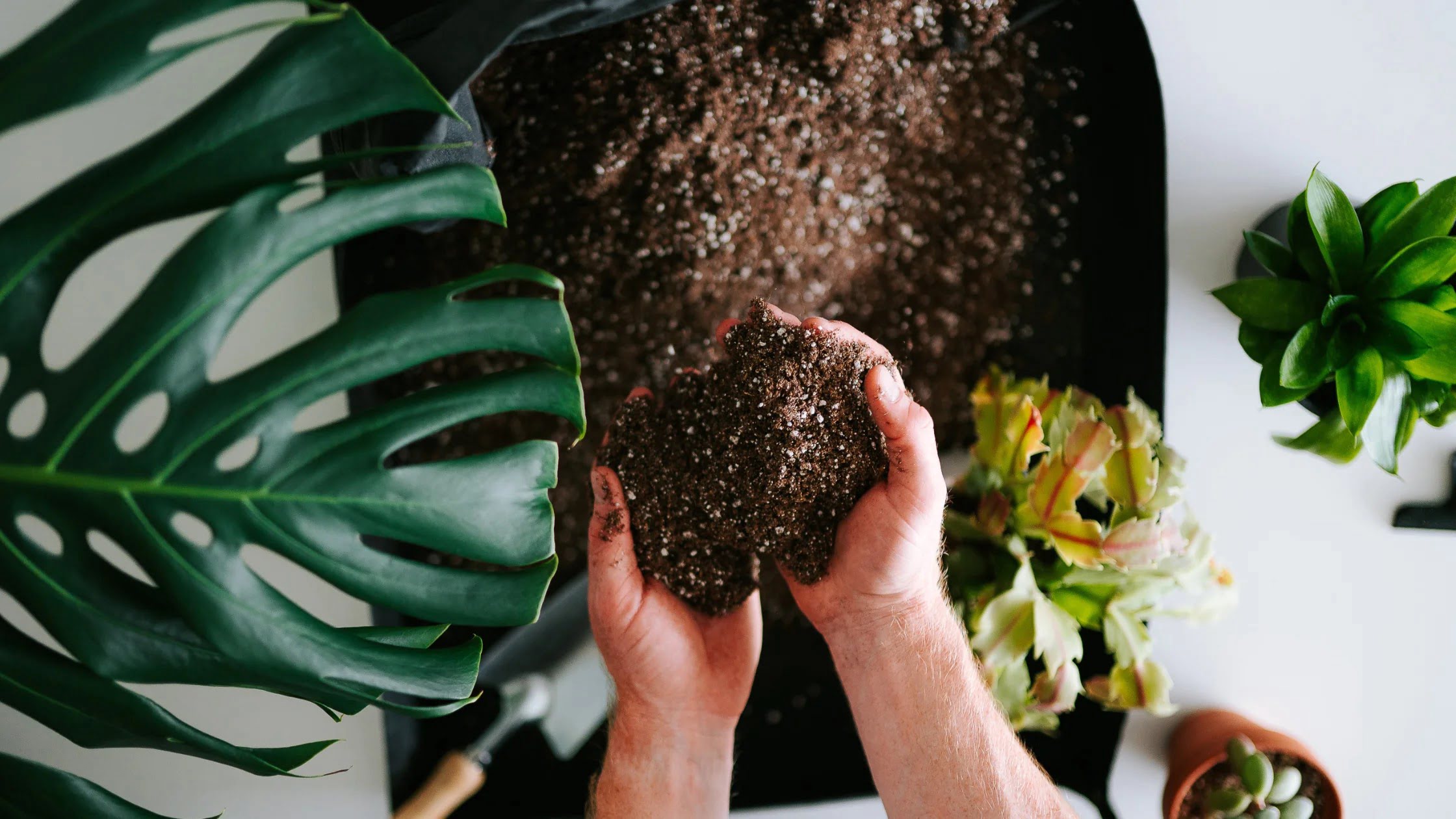
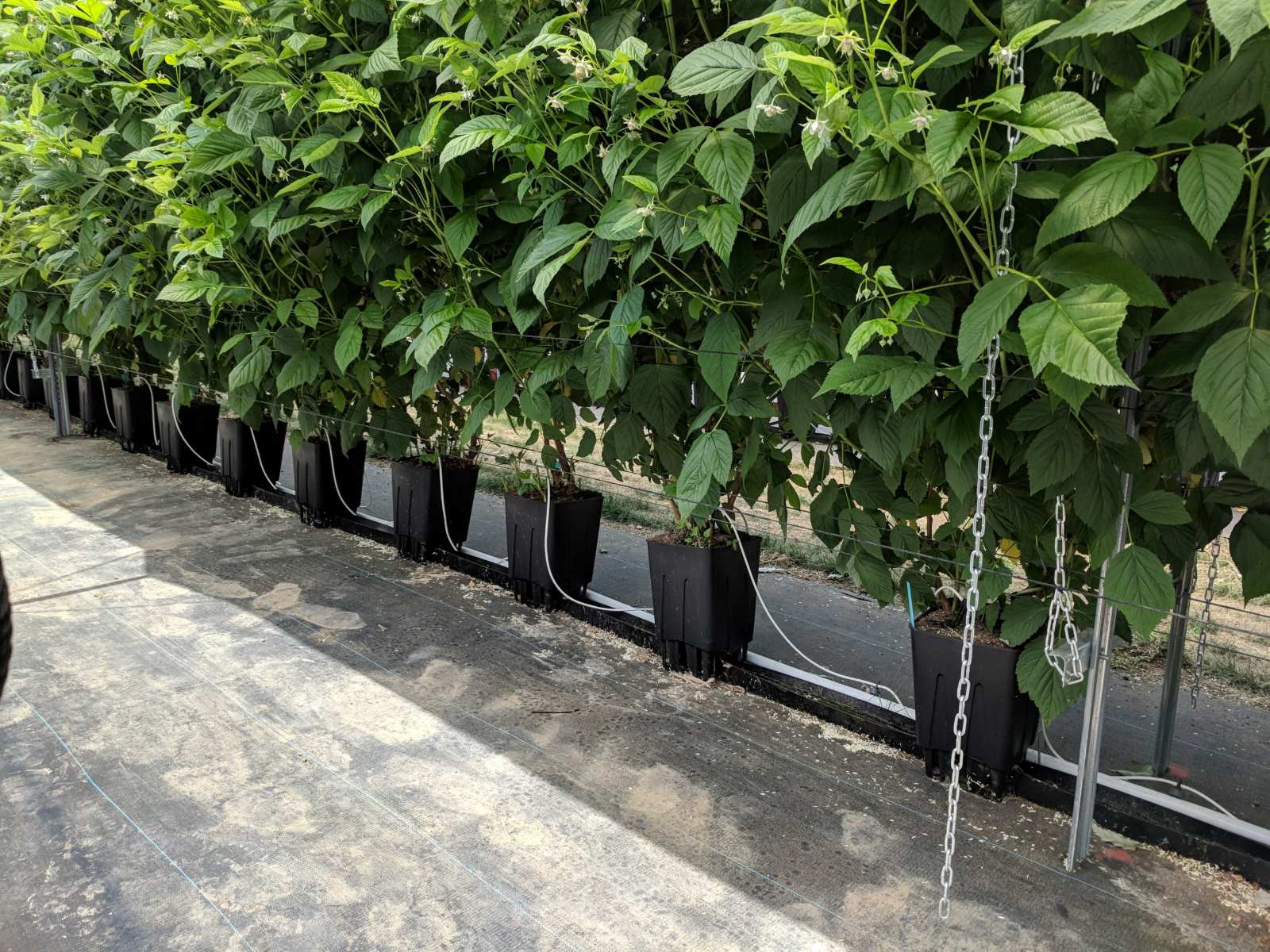
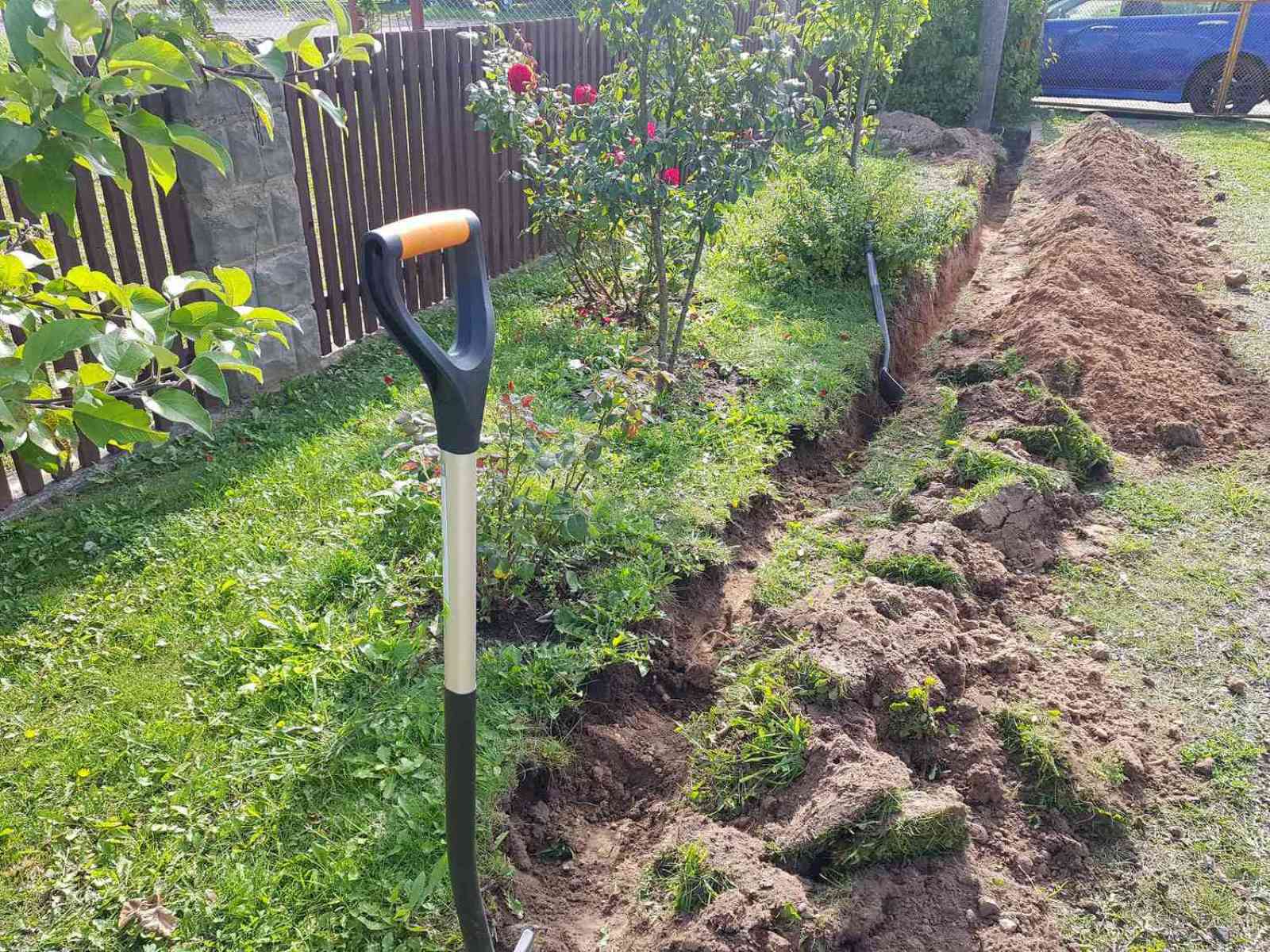
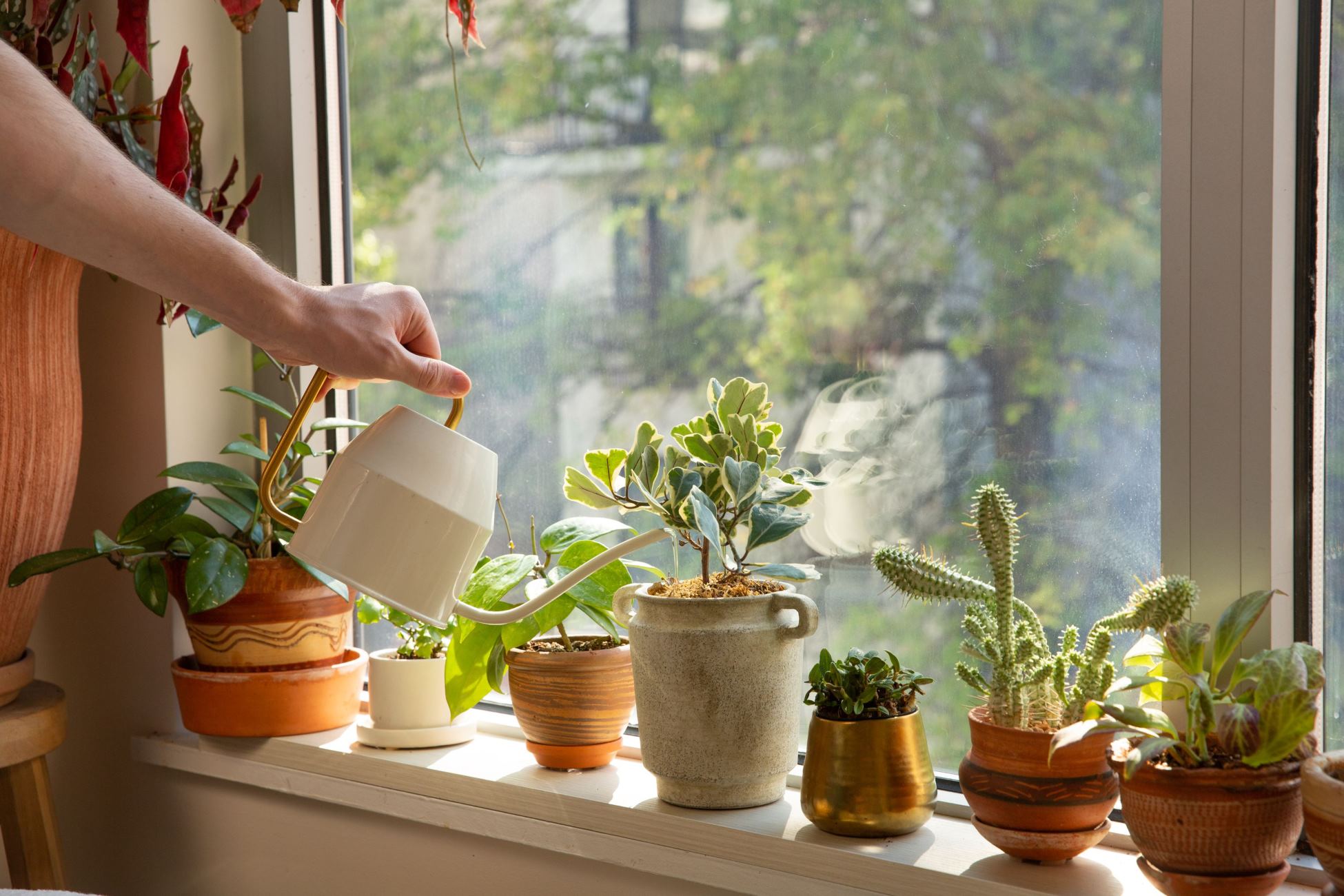
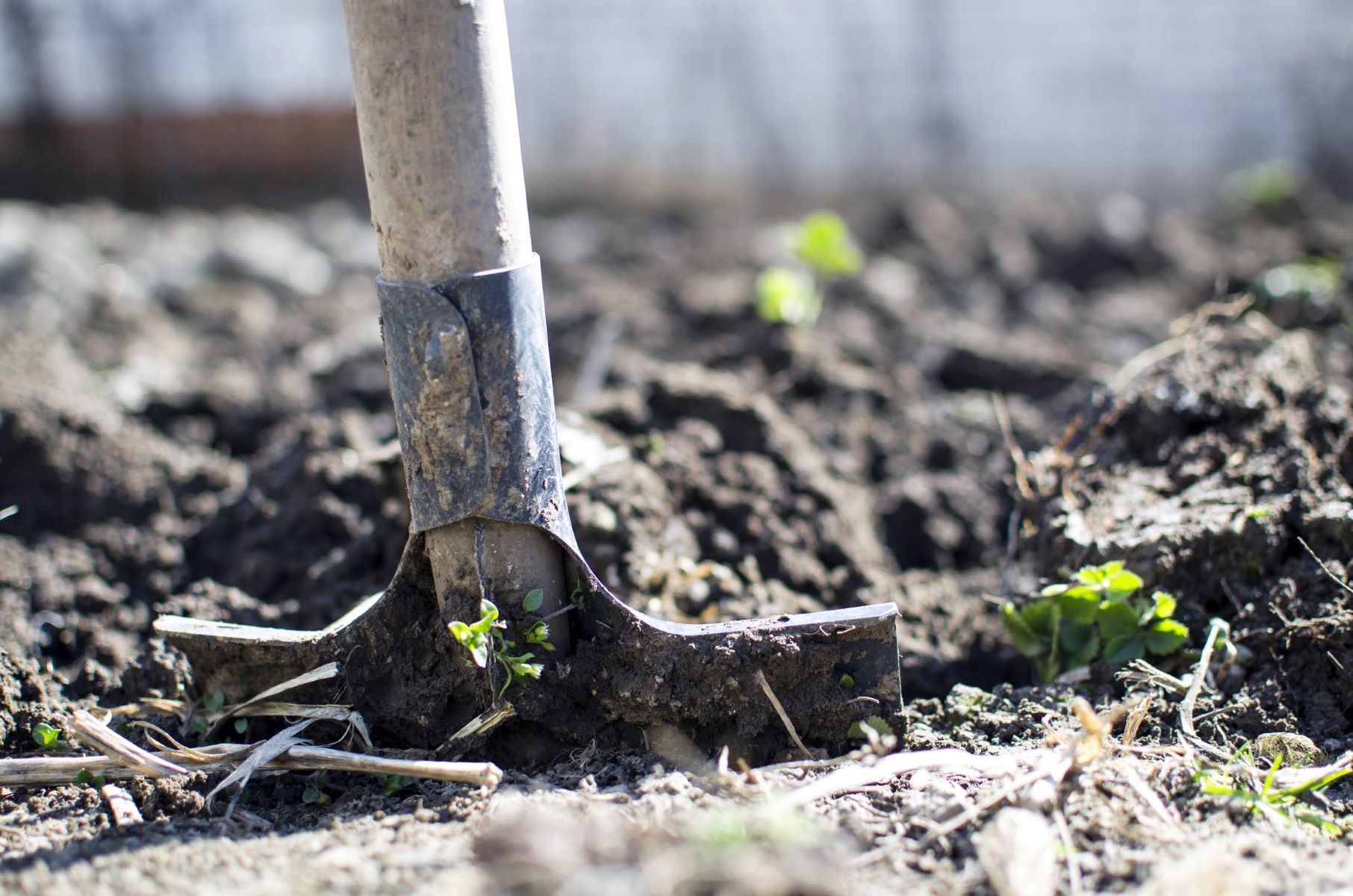
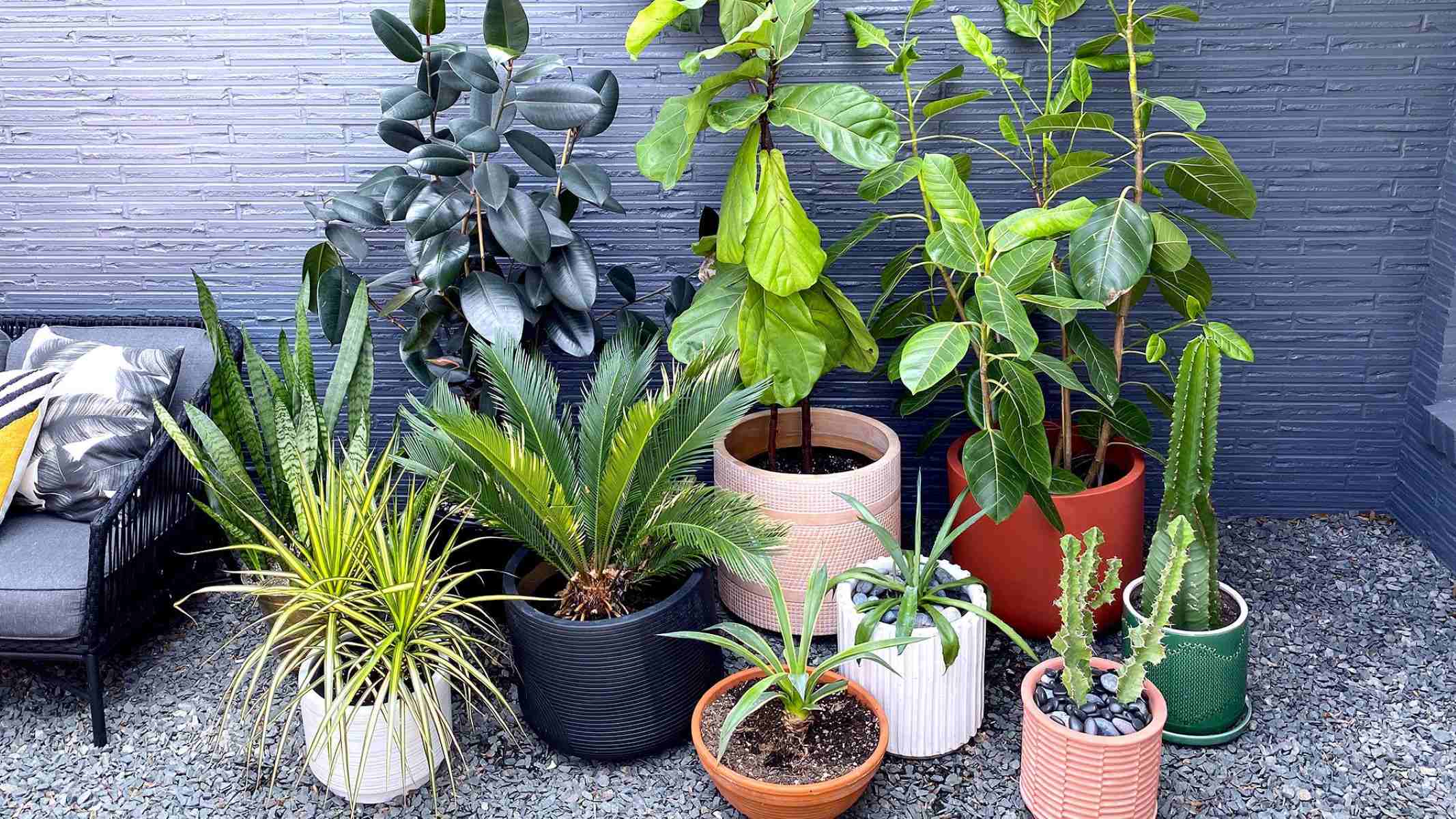
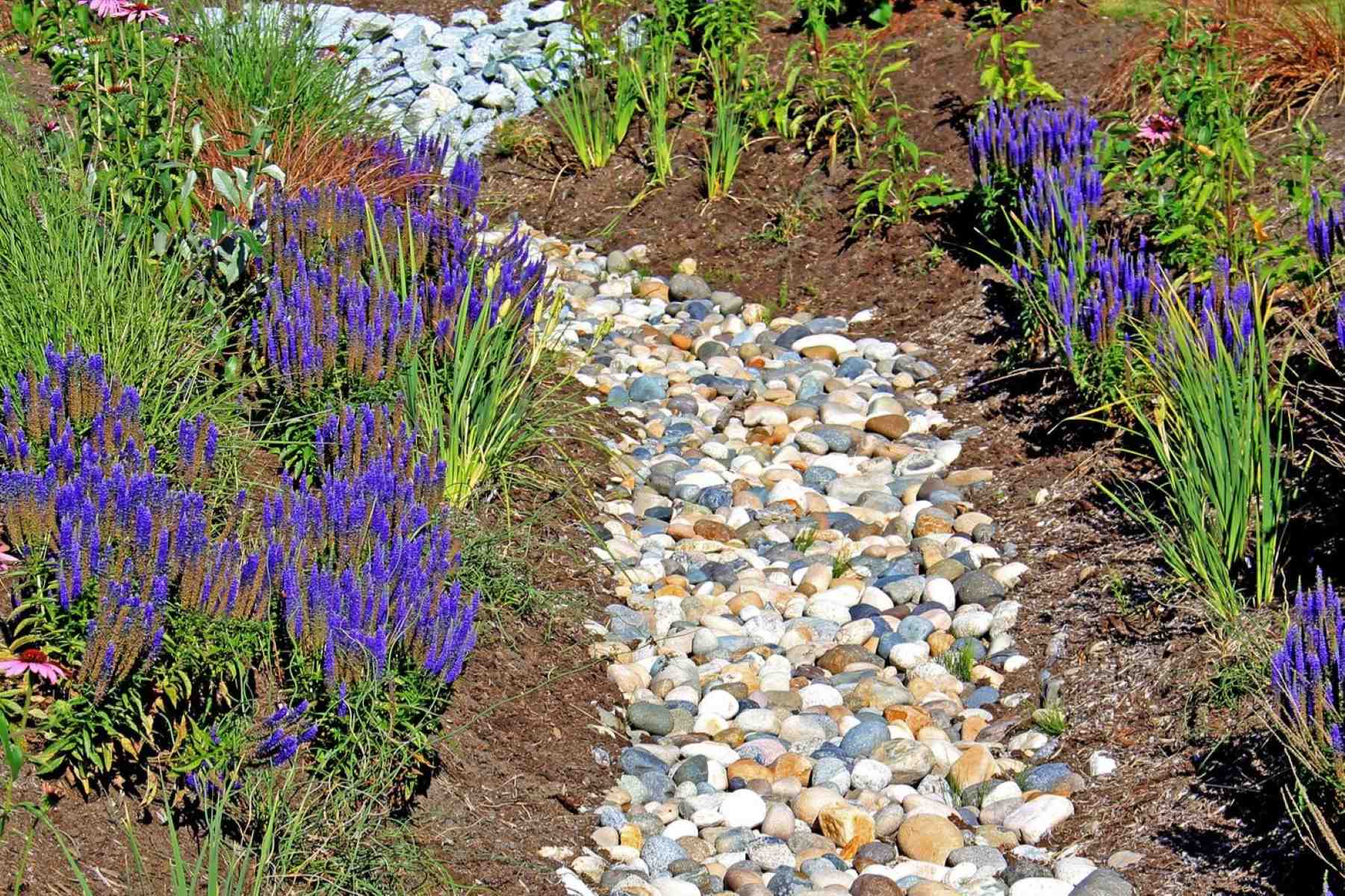
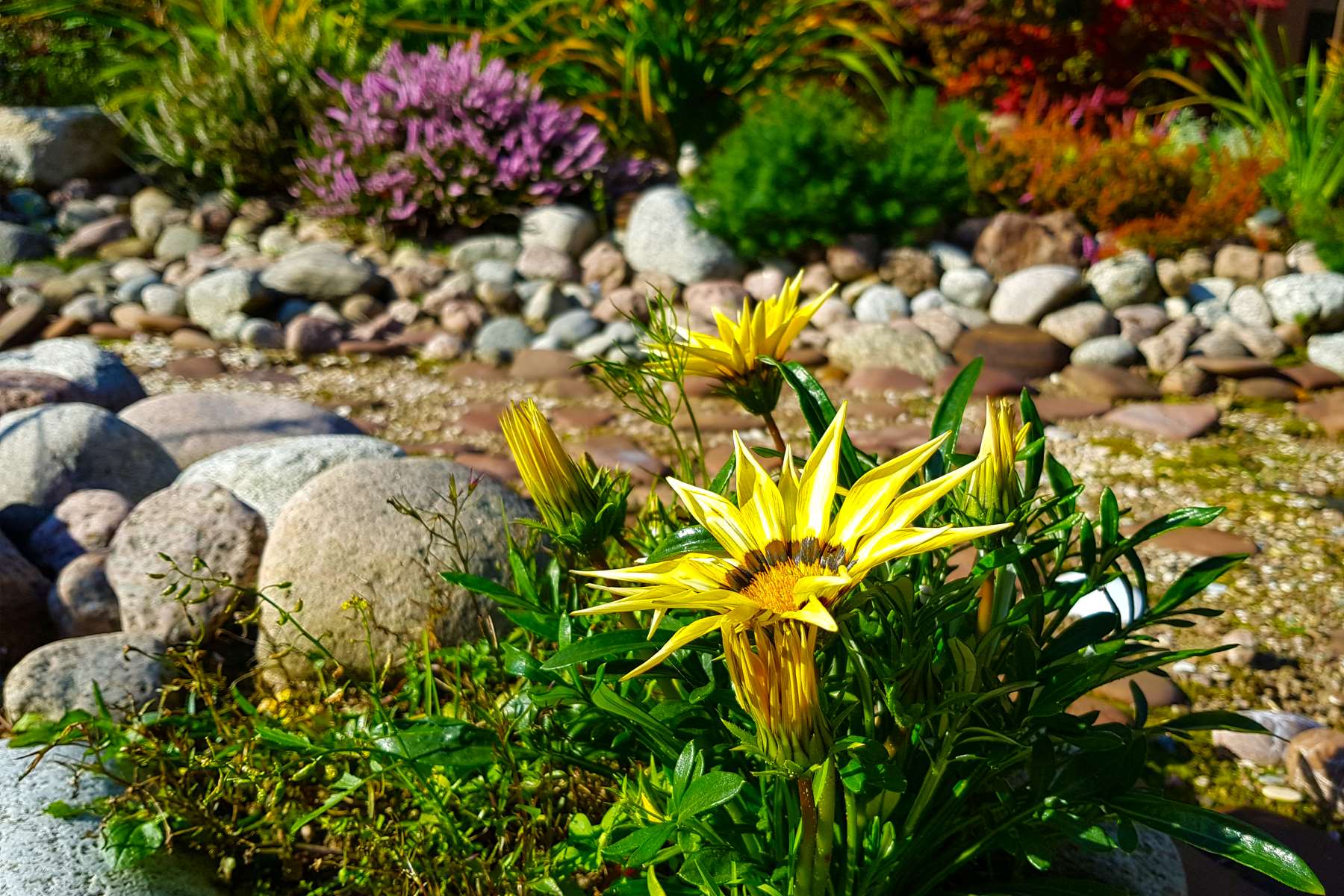
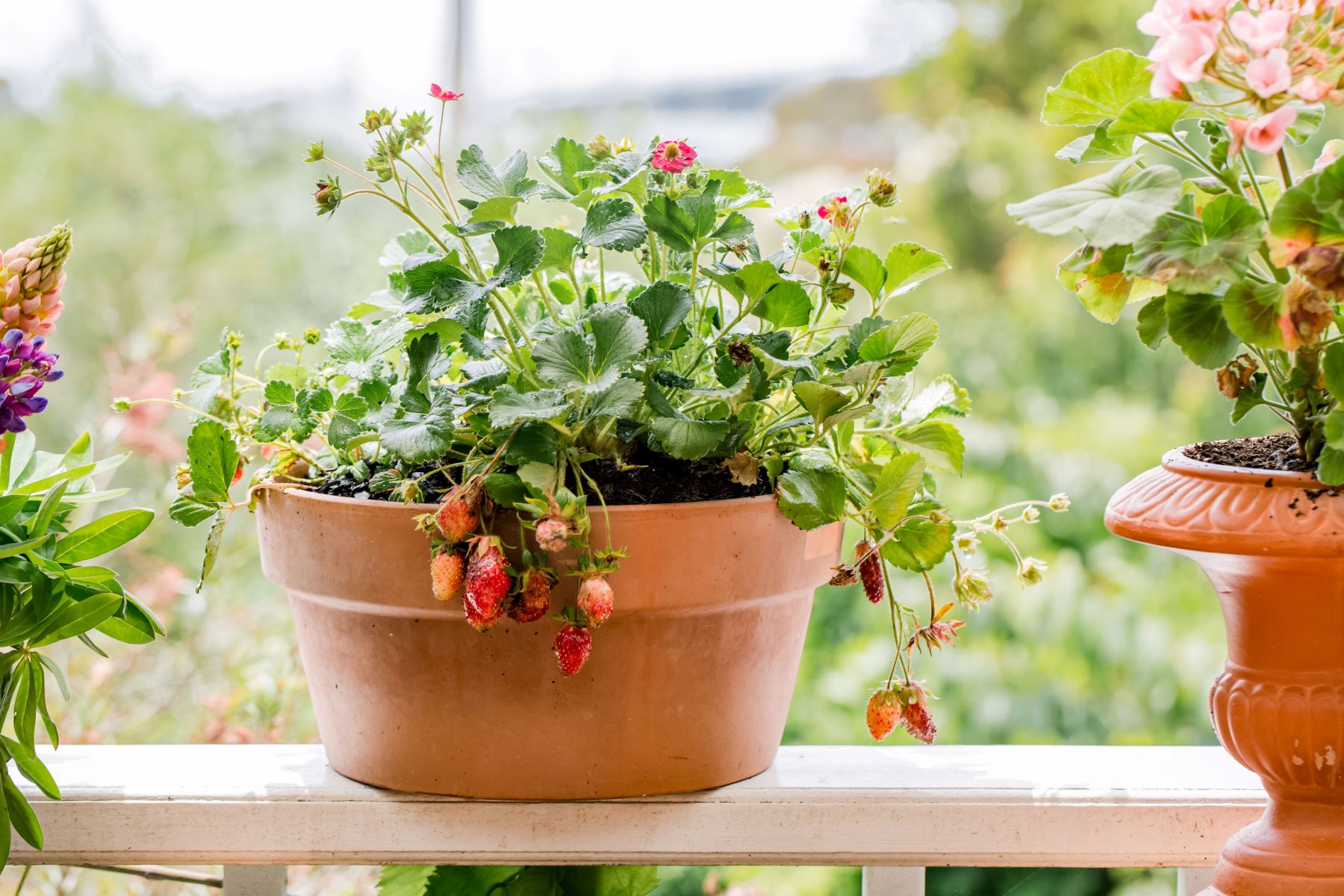
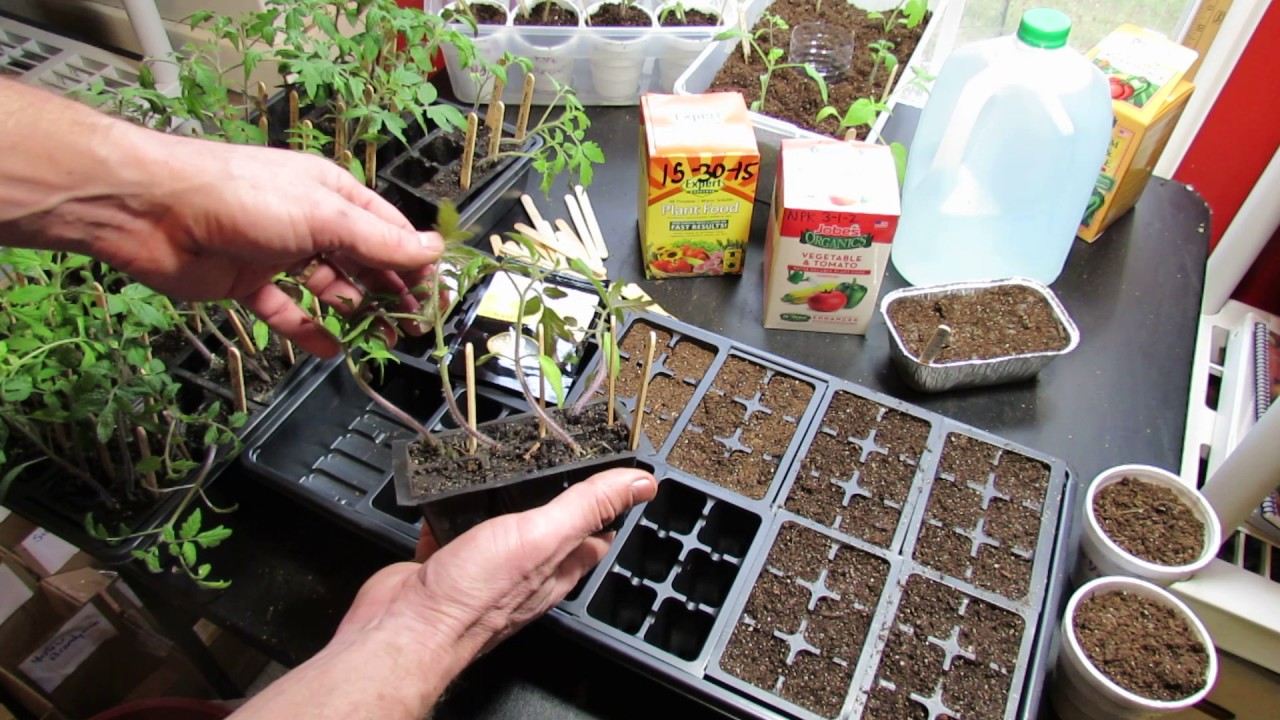
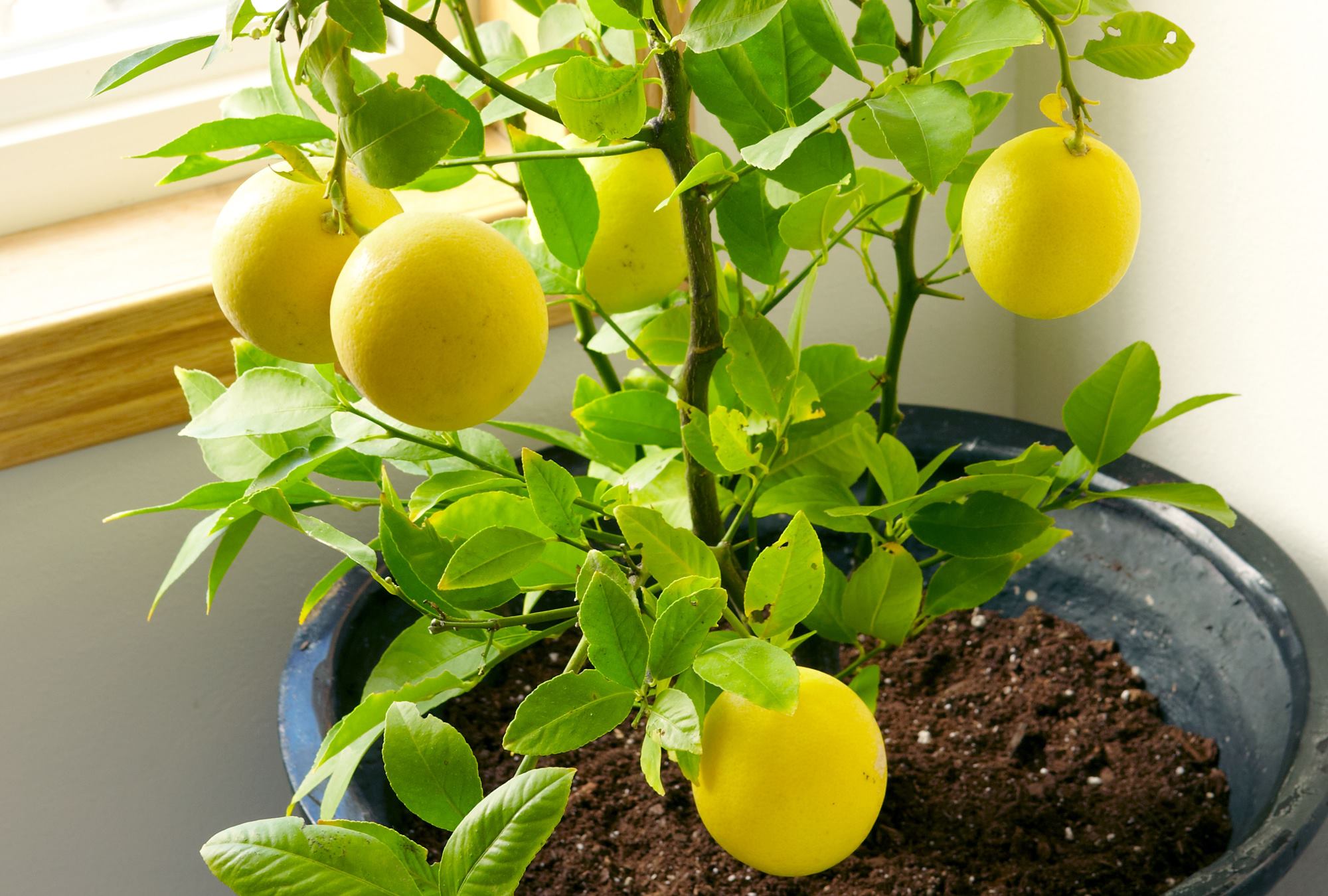
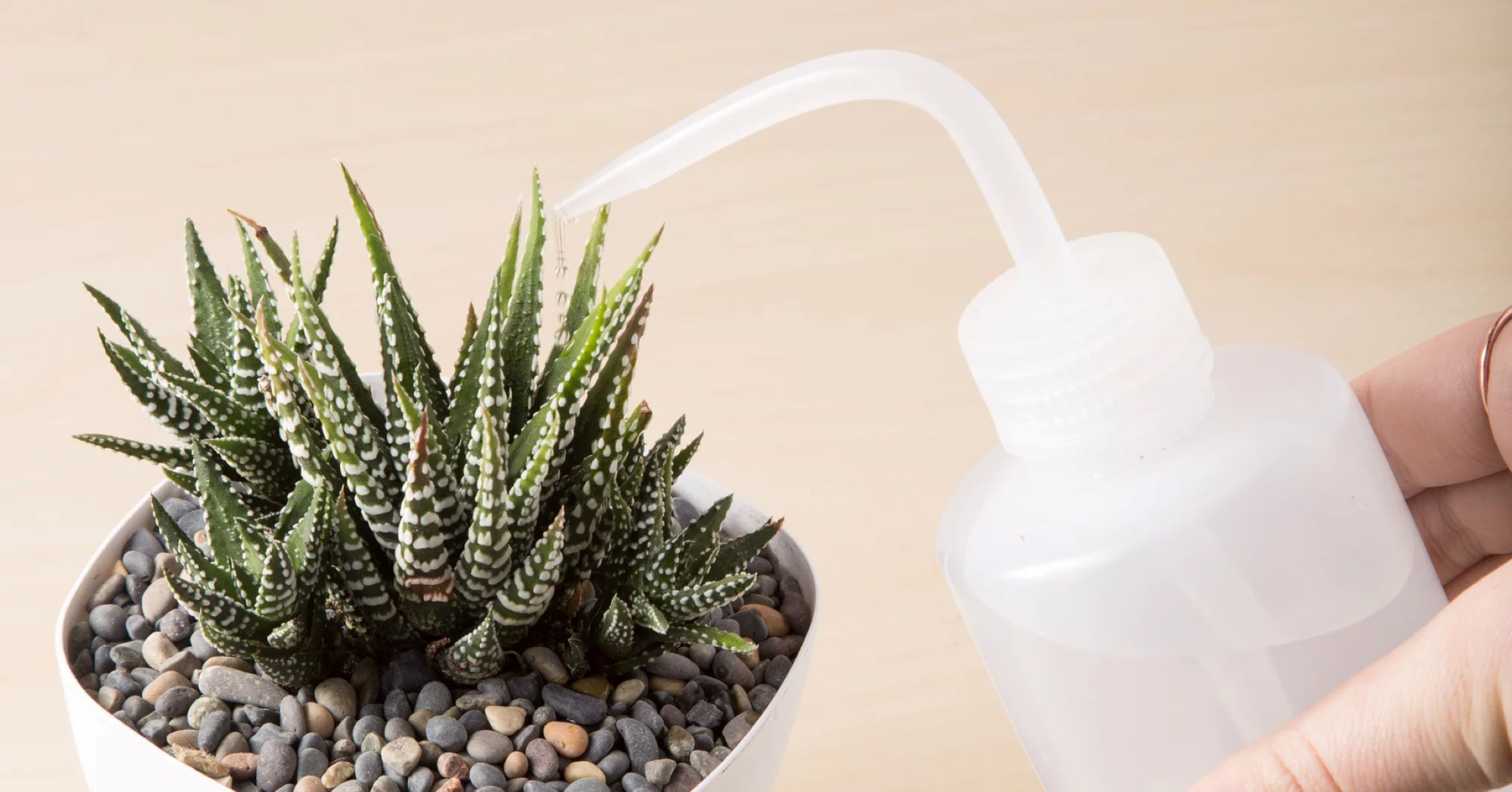
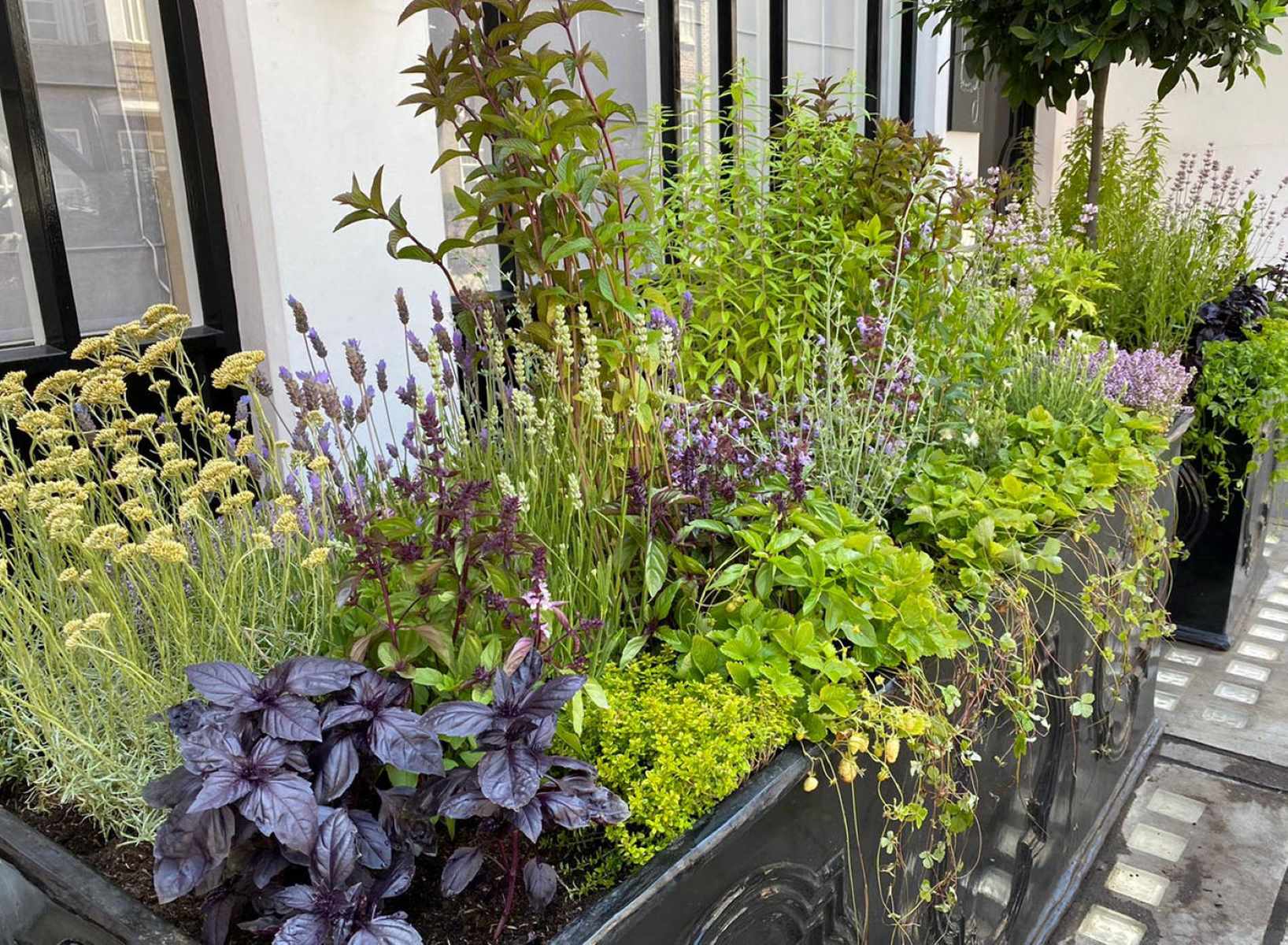

0 thoughts on “How To Ensure Good Drainage In Indoor Hanging Plants”